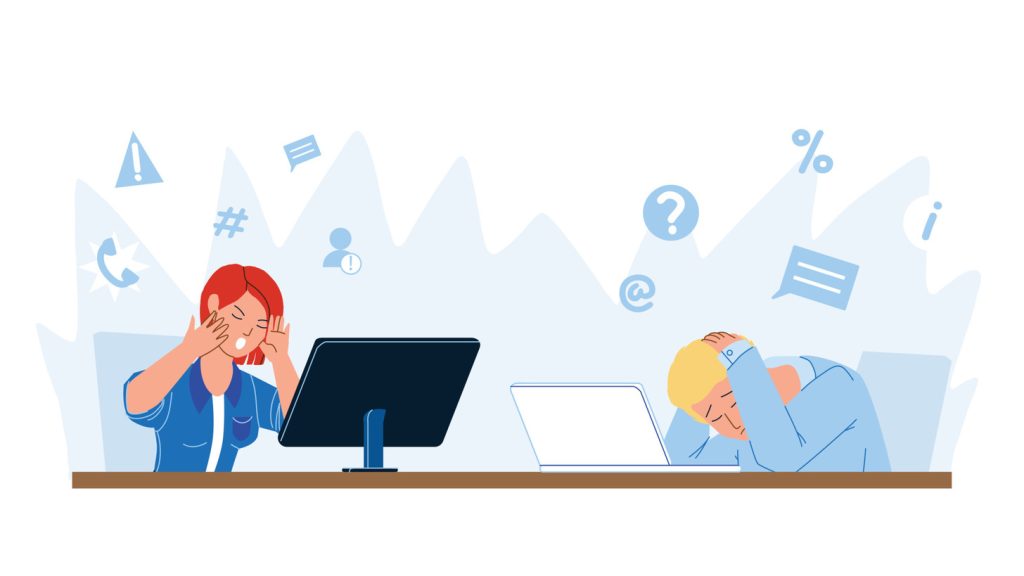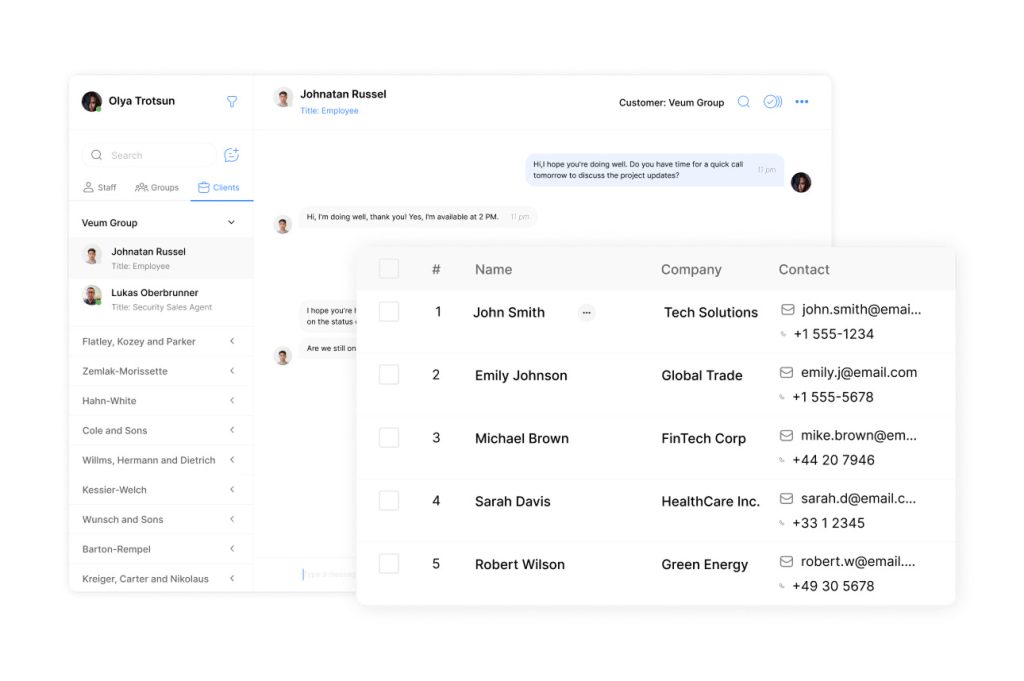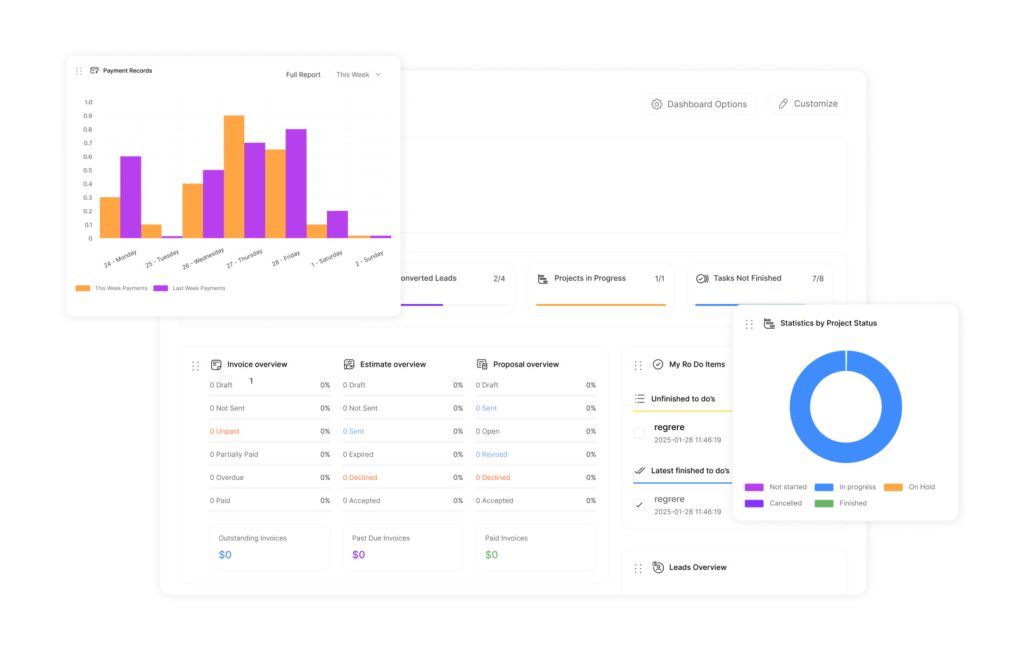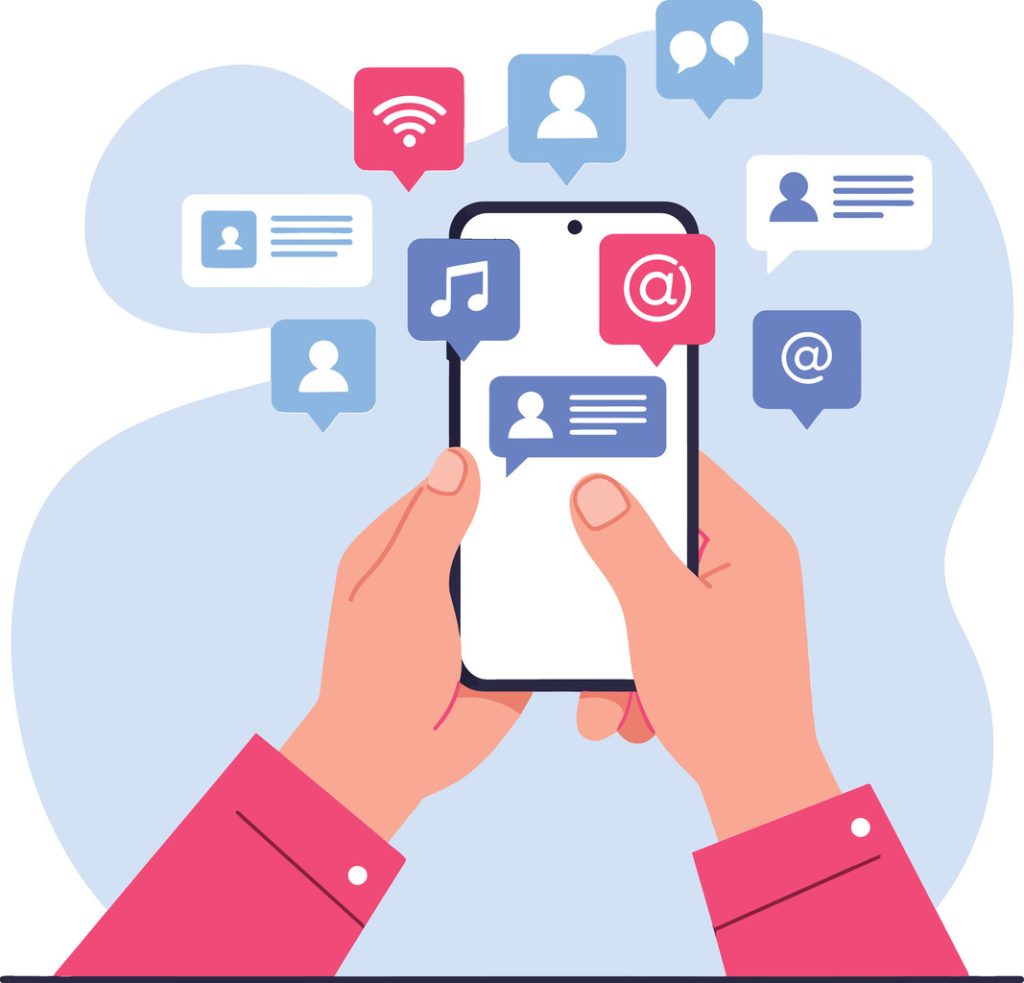In today’s competitive market, sales teams must rethink cold calling—not abandon it. While generic phone blasts yield a low 2% success rate, businesses using CRM tools and cold calling strategies tailored to high-intent prospects report 6–7% conversion rates. These results prove cold calling still works—when it’s data-driven and personalized.
Recent data reveals a stark contrast. Companies using high-quality prospect intelligence and precisely targeted campaigns report 6.7% conversion rates. This proves phone outreach remains effective when supported by modern tools and strategic planning. Organizations abandoning these methods risk falling behind—data shows they experience 42% slower growth than peers leveraging updated techniques.
The key differentiator lies in execution quality. Spray-and-pray dialing wastes resources, while CRM-powered strategies enable sales teams to prioritize ideal customer profiles and craft personalized messaging. Advanced systems analyze engagement patterns, helping refine outreach timing and content for maximum impact.
Forward-thinking businesses now treat phone prospecting as part of an integrated relationship-building process. By combining accurate data with automated workflows, teams focus energy on high-potential leads rather than chasing dead ends. This evolution separates thriving sales operations from those clinging to outdated playbooks.
Key Takeaways
- Traditional cold calling fails due to poor targeting, not the channel itself
- Data-driven organizations achieve 3x higher conversion rates than industry averages
- Businesses avoiding phone outreach grow 42% slower than proactive peers
- CRM integration enables precise prospect targeting and message personalization
- Success hinges on quality interactions over call volume metrics
Evolution of Cold Calling in the Digital Age
The journey of sales communication reflects technological and strategic milestones. When Alexander Graham Bell patented the telephone in 1876, he unknowingly sparked a revolution. By the 1890s, John H. Patterson’s National Cash Register formalized sales training, merging technology with systematic outreach. This fusion laid groundwork for decades of phone-based prospecting.
The Shift from Traditional Tactics
Mid-20th century sales teams embraced telephones as door-to-door alternatives. Household adoption soared—by 1969, 90% of U.S. homes had landlines. Early success bred overuse. Aggressive scripts and relentless dialing triggered regulatory responses like the 1991 Telephone Consumer Protection Act. Public trust eroded as fraudsters exploited the channel.
Traditional methods prioritized quantity over quality. Teams measured success by calls made, not connections forged. This volume-first approach damaged brand reputations and strained customer relationships. By 2003, the National Do Not Call Registry amassed 50 million numbers in its first year, signaling widespread rejection of outdated tactics.
Modern, Data-Driven Approaches
Today’s effective outreach combines strategic research with digital tools. Sales professionals analyze prospect behavior, company news, and industry trends before dialing. Advanced CRMs track engagement patterns, enabling tailored conversations about specific pain points.
Key changes define this evolution:
- Focus shifts from scripted pitches to problem-solving dialogues
- Automation handles routine tasks, freeing reps for high-value interactions
- Real-time data informs optimal contact times and message formats
This transformation turns cold calling into warm introductions. Teams using behavioral insights achieve 68% faster lead conversions than those relying on random dialing. As one sales director notes: “Our conversations now start with research, not rhetoric.”
Debunking Myths: Is Cold Calling Really Dead?

Despite claims that cold calling is dead, research shows it remains highly effective—especially among senior decision-makers. Over 50% of C-suite executives prefer phone conversations for high-stakes decisions, confirming that real-time voice outreach still holds strategic value. This preference grows stronger at higher organizational levels.
Insights from Recent Sales Reports
New data from enterprise research firms shows clear patterns in executive communication preferences:
| Role | Phone Preference | Email Preference |
|---|---|---|
| C-Suite | 57% | 23% |
| VPs | 51% | 29% |
| Directors | 47% | 33% |
Seasoned professionals often favor voice communication due to career-long habits. As one Fortune 500 sales director noted:
“Our highest-converting leads come from calls. You hear hesitation in their voice – that’s where deals get saved.”
Three critical advantages make phone outreach irreplaceable in specific scenarios:
- Real-time negotiation through vocal cues analysis
- Immediate clarification of complex proposals
- Faster relationship-building than text-based exchanges
While digital channels dominate initial contact attempts, strategic phone follow-ups close 38% more deals according to 2023 sales reports. The key lies in combining modern data tools with human-centric communication.
How CRM Software Revolutionizes Cold Calling
Modern sales teams are rewriting the rules of engagement through intelligent technology integration. By merging relational insights with automated workflows, organizations transform cold outreach into strategic relationship-building. This shift eliminates guesswork while boosting conversion potential.
Integrating CRM for Enhanced Data Quality
Centralized prospect profiles become decision-making powerhouses when powered by CRM systems. These platforms aggregate interaction histories, company updates, and behavioral patterns into actionable insights. Sales professionals access real-time data showing:
| Traditional Calling | CRM-Enhanced Approach |
|---|---|
| Random lead selection | AI-prioritized contacts |
| Manual follow-up tracking | Automated task triggers |
| 32% connection rate | 58% connection rate* |
*2024 SalesTech Benchmark Report
Predictive dialers and compliance tools ensure reps spend time on high-intent prospects. One logistics company reduced wasted calls by 74% after implementing lead scoring filters.
Building Meaningful Customer Relationships
CRM systems transform transactions into partnerships through personalized engagement. Automated reminders prompt reps to reference previous conversations, creating continuity. A financial services director explains:
“Our team now starts calls with context – client milestones, past concerns, even preferred communication styles. It’s not selling; it’s problem-solving.”
Key relationship-building features include:
- Interaction timelines showing all touchpoints
- Customizable notes for personal references
- Pipeline health dashboards
This approach yields 28% faster deal cycles compared to traditional cold outreach methods. By focusing on relevance over volume, teams build trust while achieving better results.
Why Cold Calling is Dead-And How CRM Helps You Sell Smarter

Outdated sales tactics crumble under modern buyer expectations. Cognism’s strategic pivot demonstrates this shift – replacing mass dialing with tailored conversations increased their success rate by 19% despite market challenges. Their reps now focus on identifying client pain points rather than pushing products.
| Traditional Outreach | CRM-Driven Strategy |
|---|---|
| 500 daily dials | 80 prioritized contacts |
| 1.2% conversion rate | 6.8% conversion rate |
| Generic scripts | Industry-specific talking points |
This tech-enabled approach turns random contacts into strategic engagements. Teams analyze company earnings calls and leadership changes before dialing. One Cognism manager explains:
“Our top performers spend 70% of their time researching – actual talking time decreased, but deal sizes doubled.”
Three pillars define successful modern outreach:
- Behavioral data guiding contact timing
- Customized value propositions per prospect role
- Automated tracking of verbal commitments
Organizations using these methods report 53% shorter sales cycles. The new metric of success? Quality dialogues that advance deals, not calls logged. This evolution makes traditional sales tactics obsolete while rewarding consultative problem-solvers.
Statistical Insights and Success Rates in Cold Calling

Performance gaps between sales teams reveal critical opportunities for improvement. Recent analysis of 300 million calls shows elite representatives achieve results far beyond industry norms. This data-driven approach separates tactical dialing from strategic engagement.
Analyzing Connect and Set Rates
Gong’s research exposes stark contrasts in outreach effectiveness. Average representatives connect on 5.4% of attempts, requiring 19 calls per successful contact. Top performers achieve 13.3% connection rates – needing just 8 attempts. The difference lies in preparation quality and timing precision.
| Metric | Average | Top 25% |
|---|---|---|
| Monthly Meetings | 2 | 18 |
| Set Rate Efficiency | 4.6% | 16.7% |
What the Numbers Tell Us
Cognism’s 2024 findings show set rates doubling from 2% to 4.82% year-over-year. This improvement reflects better prospect targeting and conversation skills. Key drivers include:
- Pre-call research on company challenges
- Tailored opening statements
- Strategic follow-up sequences
A sales operations manager notes:
“Our top reps spend 22 minutes prepping for each call – they know exactly which pain points to address.”
These statistics prove that quality-focused strategies yield exponential returns. Teams adopting data-backed methods secure 9x more meetings monthly than peers using traditional approaches. The path to outperformance lies in measurable refinement, not increased dial volume.
Timing and Strategy: Optimizing Your Cold Call Schedule
Strategic timing transforms cold outreach from interruption to opportunity. Cognism’s 2025 data reveals 71% higher meeting bookings when aligning calls with prospect availability patterns. This approach respects professional schedules while maximizing engagement potential.
Best Days and Hours to Call
New research identifies clear patterns in decision-maker accessibility:
| Day | Optimal Use | Success Boost |
|---|---|---|
| Tuesday | Meeting bookings | +68% |
| Friday | Conversations | +53% |
Peak calling windows show 10-11 AM generates 42% more connections than midday slots. Late afternoon calls (4-5 PM) produce urgent responses as prospects finalize daily tasks. A tech sales director confirms:
“Our team books 3x more demos when calling at 4:30 PM – decision-makers answer while reviewing their to-do lists.”
Regional and Time Zone Considerations
Effective strategies adapt to local business cultures:
- West Coast: Start calls after 9:30 AM PST
- East Coast: Avoid 8-9 AM meeting blocks
- Midwest: Leverage early lunch hour availability
Global teams using time zone intelligence report 58% faster lead conversions. Automated scheduling tools help navigate regional holidays and cultural events without manual tracking.
Leveraging Mobile Numbers for Increased Engagement

Direct mobile access reshapes sales dynamics. Teams using verified cell contacts achieve 4-10x higher pickup rates versus office lines. This eliminates gatekeepers while creating immediate dialogue opportunities.
| Office Line Success | Mobile Outreach |
|---|---|
| 12% connection rate | 63% connection rate* |
| 3.8 call attempts per contact | 1.2 call attempts |
*2024 SalesConnect Industry Report
Personal devices demand heightened professionalism. Prospects expect concise, value-focused conversations when answering mobile calls. A software sales manager explains:
“Mobile numbers remove barriers but raise expectations. Our open rate tripled when we paired direct dials with personalized voicemails.”
Ethical practices prove critical. Compliance with TCPA regulations and corporate policies ensures trust. Best practices include:
- Securing numbers through referrals or opt-in forms
- Aligning outreach timing with work hours
- Providing clear opt-out options
Teams using permission-based mobile strategies report 48% shorter sales cycles. The approach converts random dials into scheduled discussions, respecting prospects’ time while driving measurable outcomes.
Personalization and Relationship Building Over Pitching
Superior sales results stem from meticulous preparation rather than scripted pitches. Leading professionals spend 72% more time researching than average performers, transforming generic outreach into strategic dialogues. This preparation gap separates transactional interactions from trusted partnerships.
Researching Prospects Before the Call
Top representatives analyze multiple data layers before dialing. Alastair Chamberlin, a top-performing account executive, reviews SEC filings and earnings calls to identify financial pressures. “A company’s 10-K reveals hidden challenges our solution addresses,” he notes. Effective research includes:
- Leadership team career trajectories on LinkedIn
- Recent mergers or product launches
- Industry-specific regulatory changes
This intelligence shapes conversations around specific business outcomes rather than feature lists. Teams using this method achieve 89% longer call durations and 2.6x more follow-up meetings.
Customizing Your Approach with CRM Insights
Modern systems turn scattered notes into actionable strategies. CRMs automatically surface:
| Traditional Method | CRM-Powered Insight |
|---|---|
| Basic contact info | Preferred communication channels |
| Manual note review | AI-generated talking points |
One medical device team increased conversions by 41% by referencing past support tickets during calls. Relationship mapping tools help identify decision-makers’ internal allies, creating natural entry points for collaboration.
Cold calling today is about ongoing conversations—not one-time pitches. With CRM systems capturing every call, meeting, and conversation, sales teams can personalize follow-ups, build relationships, and improve results. Cold calling still drives pipeline—when supported by the right tools and strategy.
Localized Strategies for Global Cold Calling Success

Global expansion demands more than translated scripts. Cognism’s research reveals UK teams calling European prospects saw 38% lower engagement. Cultural disconnects and foreign area codes raised suspicion, proving localization isn’t optional.
Cultural Nuances and Regional Tactics
Effective global outreach requires market-specific adjustments. Teams using local numbers and native speakers achieve 67% higher answer rates. Key factors influencing success:
| Challenge | Generic Approach | Localized Strategy |
|---|---|---|
| Language Barriers | Translation Software | Bilingual Representatives |
| Business Etiquette | Standard Scripts | Region-Specific Openers |
| Call Timing | Fixed Schedule | Timezone-Optimized Hours |
A sales director at Panasonic Europe notes:
“Switching to Madrid-based teams for Iberian prospects tripled qualified leads. Prospects trusted local accents and market knowledge.”
Three localization best practices drive results:
- Hire regional talent familiar with local business customs
- Display area codes matching prospect locations
- Align value propositions with market priorities
| Strategy | Connection Rate | Conversion Lift |
|---|---|---|
| Generic Campaign | 12% | – |
| Localized Approach | 29% | 58% |
Organizations using these methods reduce follow-up attempts by 41%. The winning formula combines cultural fluency with consistent brand messaging across borders.
Top Tips for Overcoming Common Cold Calling Objections
Cold calling objections like “not interested” or “call me later” often hide real concerns. Sales reps using CRM insights can tailor responses that address these issues directly. By logging past conversations, common objections, and customer pain points, reps improve cold calling success rates by up to 39%—turning resistance into results.
Effective Script Adjustments
Dynamic scripting turns rigid templates into adaptable frameworks. Top performers use CRM data to predict concerns and craft context-aware replies. For example, addressing pricing questions with ROI examples from similar companies increases acceptance by 39%.
Three strategic adjustments improve objection handling:
1. Anticipate patterns: Analyze past interactions to identify recurring themes
2. Validate concerns: Acknowledge challenges before presenting solutions
3. Redirect focus: Shift discussions to measurable outcomes rather than features
Teams using these methods report 67% fewer stalled negotiations. One SaaS provider reduced “call me later” responses by 54% after training reps to address timing concerns proactively. As a sales manager notes: “Our scripts now serve as conversation starters, not rigid roadmaps.”
Modern objection resolution prioritizes active listening over rehearsed pitches. By combining CRM insights with empathetic dialogue, professionals turn resistance into collaborative problem-solving. This approach builds trust while advancing deals – the true measure of sales effectiveness.


